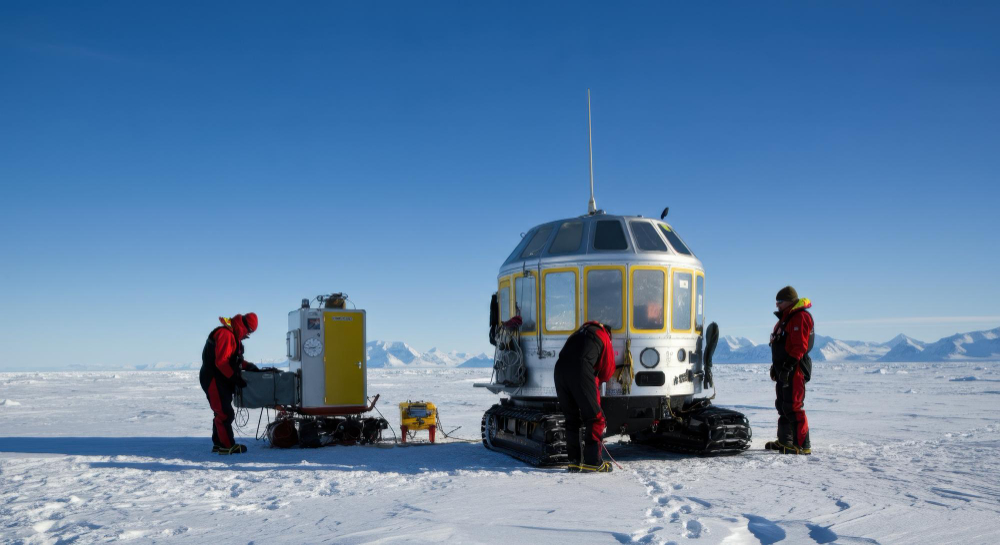
You’ve probably heard the word “calibration” tossed around when talking about lab instruments, digital scales, or even your smartphone’s sensors. But what does it really mean? Let’s dive into the world of kalibraatio — the Finnish term for calibration — and understand why it’s absolutely essential in almost every industry today.
What Is Kalibraatio?
Kalibraatio refers to the process of comparing the measurements of an instrument or device with a known standard to ensure accuracy. Think of it like tuning a guitar: if it’s even slightly off, the whole performance can fall apart. The same goes for measurements — if your tools aren’t accurate, your results could be wildly misleading.
Why Calibration Is Crucial in Today’s World
From the medical field to manufacturing, reliable measurement tools are the backbone of precision. Without proper calibration, devices drift over time, leading to faulty data, safety risks, and major financial losses.
The Science Behind Calibration
How Calibration Works
At its core, calibration is a comparison between what a device shows and what it should show. If there’s a difference, it’s either adjusted or documented.
Reference Standards and Instruments
Calibration always uses traceable reference standards, which are themselves calibrated to international or national standards. These references ensure consistency across all industries.
Adjustment vs Verification
Calibration can either involve adjusting the device to match the standard or just verifying how far off it is. Not all calibration ends in adjustment — sometimes, it’s just about knowing the error margin.
Types of Calibration
Electrical Calibration
Used for voltmeters, ammeters, and oscilloscopes — critical in electronics.
Mechanical Calibration
Covers tools like calipers, torque wrenches, and micrometers.
Thermal Calibration
Ensures accurate readings in thermometers, ovens, and temperature sensors.
Flow and Pressure Calibration
Used in hydraulics, pneumatics, and environmental monitoring tools.
The Need for Calibration in Different Industries
Manufacturing and Industrial Calibration
In production lines, even a tiny deviation in measurement can lead to large-scale product defects. Calibration here means consistency and safety.
Healthcare and Laboratory Calibration
Medical equipment like blood analyzers or imaging tools must be precisely calibrated to avoid misdiagnoses and treatment errors.
Aviation and Aerospace Calibration
In aviation, accuracy is literally a matter of life and death. Sensors, altimeters, and navigation instruments are calibrated with extreme care.
Food and Beverage Industry
From oven temperatures to scale weights, calibration ensures safety, quality, and compliance with health regulations.
Environmental Monitoring and Calibration
Instruments that monitor air quality, water pollution, or noise levels need regular calibration to ensure accurate environmental data.
The Calibration Process Step-by-Step
Initial Equipment Assessment
Inspect the device, review its history, and understand its use. This helps in choosing the right calibration approach.
Selecting the Right Standard
Based on the device type, select a suitable reference standard that matches or exceeds the expected accuracy.
Performing the Calibration
Technicians use certified reference tools to test the device and note deviations.
Documenting the Results
A calibration certificate is created, showing the pre- and post-calibration data, tolerances, and corrections.
Tools and Devices That Need Regular Calibration
Thermometers and Pressure Gauges
These often drift over time due to wear or exposure to extreme environments.
Scales and Balances
Even a small error in weight can cost big in pharmaceuticals or manufacturing.
Multimeters and Oscilloscopes
Essential for electricians and engineers. Accurate readings are non-negotiable.
Pipettes and Microscopes
In research labs, even microliter-level errors in pipettes can ruin entire experiments.
How Often Should Calibration Be Done?
Factors That Influence Calibration Frequency
-
How often the device is used
-
Environmental conditions
-
Manufacturer specs
-
Criticality of the measurement
Manufacturer Recommendations vs Real-World Use
Manufacturers offer guidelines, but real-world conditions might require more frequent calibration — especially in high-stress environments.
Benefits of Regular Calibration
Accuracy and Reliability
The more accurate the tool, the more trustworthy your measurements are.
Regulatory Compliance
Many industries are governed by strict regulations. Calibration keeps you audit-ready.
Cost Savings and Efficiency
Avoid production delays, recalls, or safety issues by catching inaccuracies early.
Common Calibration Mistakes to Avoid
Skipping Routine Checks
Neglecting regular calibration can cause unnoticed drift, affecting your results over time.
Using Incorrect Reference Standards
Using outdated or low-precision standards renders the whole process useless.
Not Documenting Calibrations Properly
Without records, there’s no way to prove compliance or trace errors.
DIY vs Professional Calibration Services
When You Can Do It Yourself
Simple instruments with easy access and manufacturer instructions can be self-calibrated.
When to Call in the Pros
High-stakes, sensitive, or regulated equipment should always be calibrated by certified professionals.
Choosing the Right Calibration Service Provider
Certifications and Accreditations
Look for ISO/IEC 17025-accredited labs. They meet global standards for calibration quality.
Turnaround Time and Reporting
Efficient labs offer quick service and clear, detailed reports.
Customer Support and Equipment Range
A good provider handles multiple device types and offers responsive support.
The Future of Calibration
Smart Sensors and Automated Calibration
Devices now come with auto-calibration features, saving time and improving consistency.
IoT and Real-Time Monitoring
Internet-connected devices can now be calibrated and monitored remotely.
AI in Predictive Calibration
Artificial intelligence can predict when calibration is needed based on usage data — optimizing schedules and reducing downtime.
Conclusion
Calibration — or kalibraatio — may not be flashy, but it’s the quiet hero behind accurate results, safe systems, and smooth operations. Whether you’re running a manufacturing line, working in a lab, or flying a plane, properly calibrated equipment is the backbone of trust and reliability.



